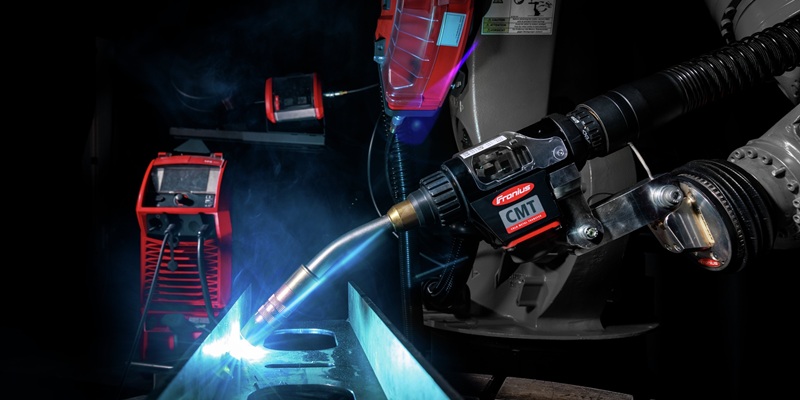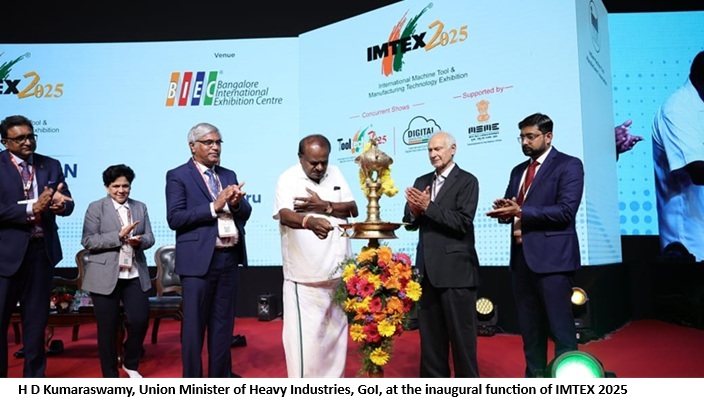Schedule a Call Back
Future lies in modular manufacturing
 Interviews
Interviews- Jan 01,18

Related Stories

Ace Designers is targeting $1 billion by 2029: T K Ramesh
In this exclusive interview with Rakesh Rao, T K Ramesh, MD, Ace Designers Ltd, speaks about opportunities in India’s manufacturing sector, challenges facing the machine tool industry, and the com..
Read more
Fronius marks 20 years of Cold Metal Transfer welding technology
Cold Metal Transfer (CMT) is a breakthrough welding process delivering unmatched precision, stability, and versatility across industries like automotive and aerospace.
Read more
Machine tool industry’s flagship event IMTEX 2025 draws record business visitors
IMTEX 2025, during which orders worth Rs 35 billion were booked, reinforces its status as the leading global machine tool and manufacturing technology exhibition. The expo sets the stage for collabo..
Read moreRelated Products

Integrated Electric Gripper S Series
IBK Engineers Pvt Ltd offers a wide range of integrated electric gripper S series.

Geared Electric Motors
Delco Fans Pvt Ltd offers single phase capacitor run and three
phase geared Instrument motors, totally enclosed face/foot mounted.

“Kusam-Keco” Partial Discharge Acoustic Imager - Model - Km-pdai
‘Kusam-Meco’ has introduced a new “Partial Discharge Acoustic Imager Model KM-PDAI.
















